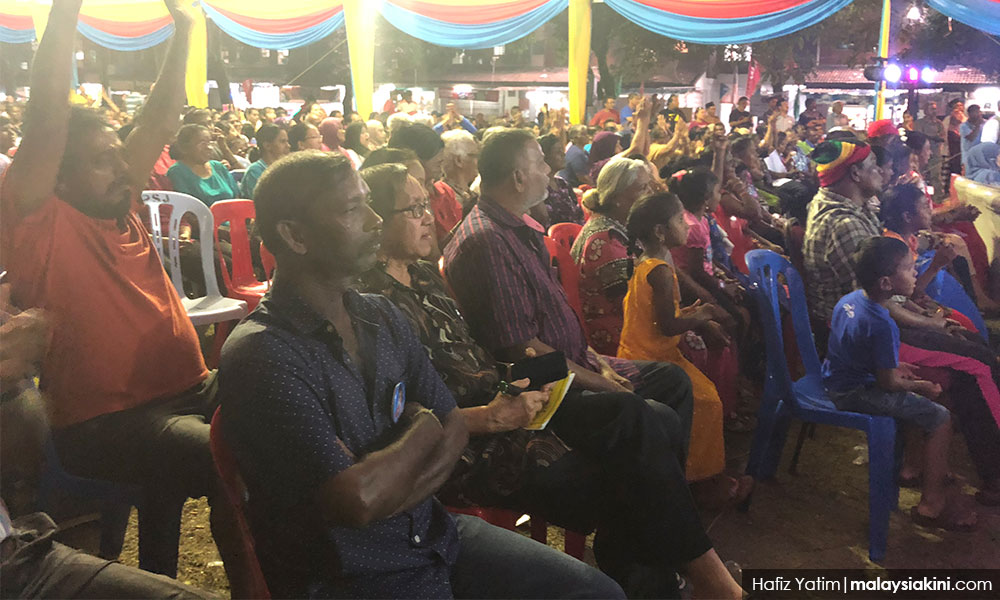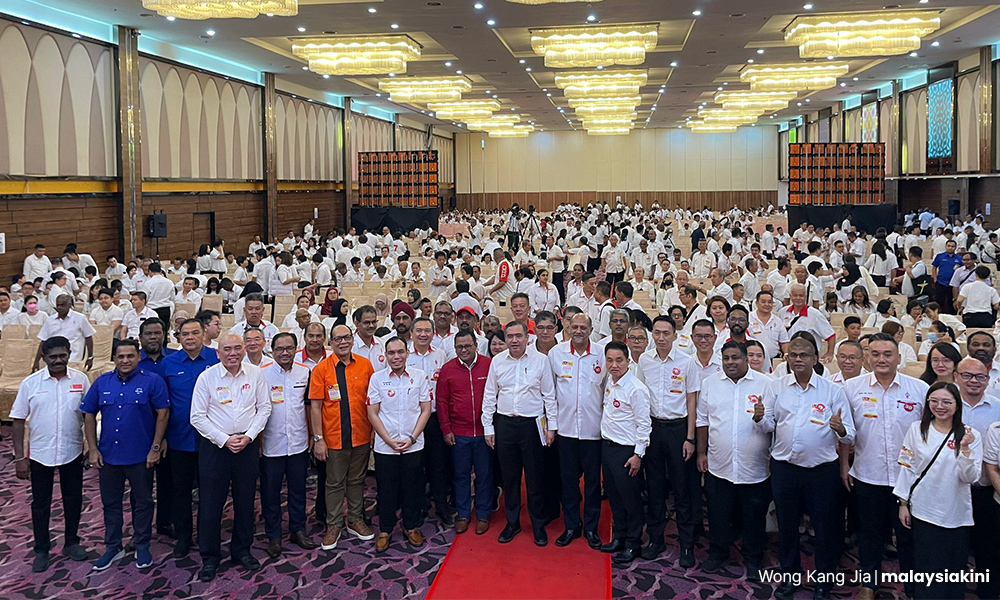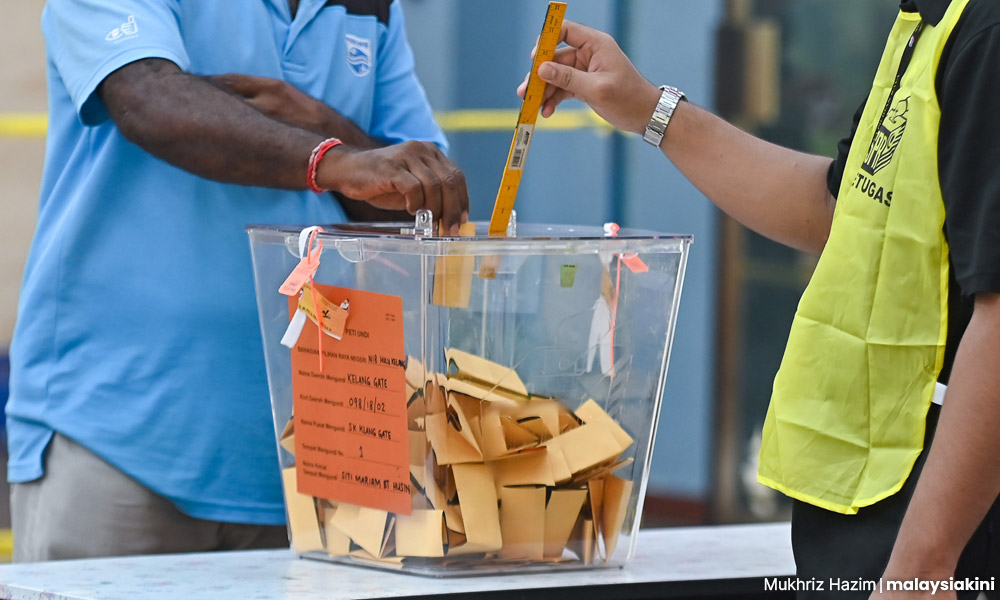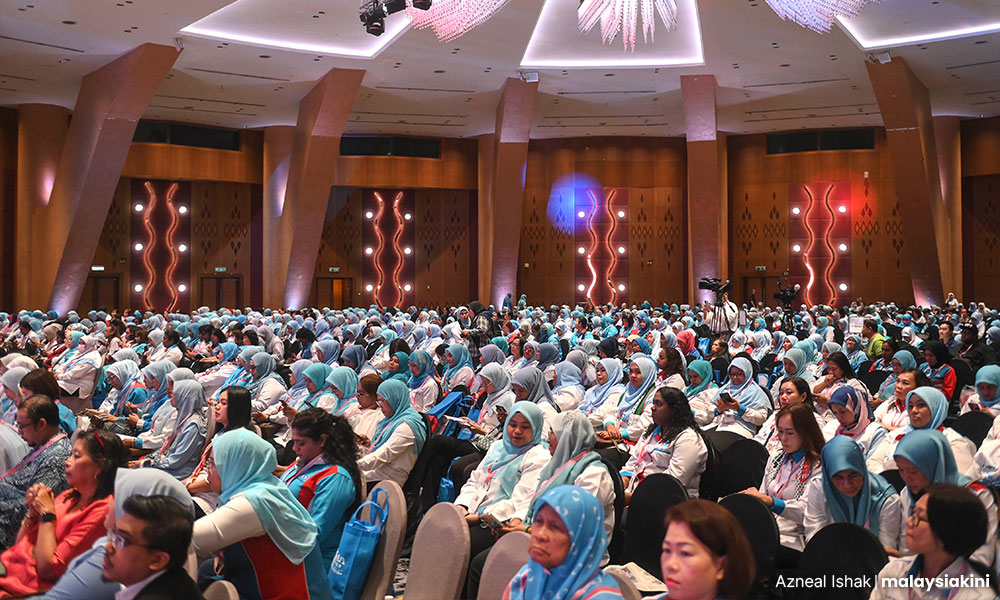Malaysia’s political environment, characterised by its intricate ethnic and cultural diversity, has witnessed the emergence and decline of numerous political parties over time.
Notably, the DAP and PKR have established themselves as significant entities, advocating for a vision of inclusivity and multi-racialism.
Despite their recognition for championing equal rights and justice for all citizens, a concerning issue within their leadership structures is the perceived sidelining of prominent Indian leaders.
Within both DAP and PKR, the representation of the Indian community at senior levels appears limited, leading some to speculate that the party leadership may favour less assertive Indian leadership.
Historically, the Indian community in Malaysia has encountered various socio-economic obstacles, such as poverty, restricted access to quality education, and inadequate representation in political frameworks and civil service.
For many years, these issues were primarily addressed by the MIC, which served as the main political voice for Indians within the BN coalition.
However, with the emergence of multi-racial parties like DAP and PKR, numerous Indian leaders have attempted to realign their political affiliations in pursuit of better prospects.
Regrettably, this transition has not consistently resulted in the anticipated leadership roles, as the community continues to face a dearth of influence and a notable absence of robust Indian representation in the upper echelons of these parties.
The preference for weak Indian leaders
The tendency of the DAP and the PKR to favour less assertive Indian leaders can be explained by a variety of factors, including internal party dynamics and overarching political strategies.

Although these parties profess ideals of unity and equality, they have not yet provided Indian individuals with leadership opportunities that adequately reflect their significant contributions to the nation’s political and social landscape.
Within both DAP and PKR, the roles occupied by Indian leaders are frequently perceived as more symbolic than impactful.
These leaders often find themselves in positions that are primarily ceremonial, lacking the authority to effectuate critical decisions.
This situation is exacerbated by the dominance of the ethnic majority within these parties namely, the Chinese in DAP and the Malays in PKR who typically wield control over essential decision-making processes.
Consequently, Indian leaders face considerable barriers to ascending to prominent positions or challenging existing power structures.
While both DAP and PKR advocate for multi-racialism and diversity, their leadership frameworks reveal a strategic inclination to appease the majority ethnic groups, particularly the Malays in PKR and the Chinese in DAP.
Indian leaders are frequently assigned to subordinate roles, which helps to preserve the party's support among its primary ethnic constituencies.
In this framework, the promotion of less assertive Indian leadership serves to maintain a fragile equilibrium of power, thereby preventing any single ethnic group from exerting excessive influence.

The preference for less influential Indian leaders within these political parties can be attributed, in part, to the fragmentation present within the Indian community itself.
Indian Malaysians frequently find themselves divided among various political affiliations, with some remaining committed to the MIC, while others support the DAP, the PKR, or smaller ethnic-based political entities.
This disunity complicates the emergence of a singular, strong representative voice from the Indian community within DAP or PKR.
Consequently, the Indian community has struggled to pose a significant challenge to the prevailing influence of other ethnic groups within these parties.
Moreover, the political landscape of both DAP and PKR is often marked by internal conflicts over power. Leadership within these parties tends to prioritise maintaining loyalty and stability, particularly from the Malay and Chinese factions.
Indian leaders, especially those lacking substantial grassroots backing, may find themselves without the requisite political influence to vie for prominent leadership roles.
This situation renders them susceptible to marginalization or being overlooked in favour of representatives from the more dominant ethnic groups.
The challenges
The Indian community must acknowledge that their political influence and representation will not be assured unless they actively engage in challenging the prevailing circumstances.
This engagement necessitates several critical actions:
First, the Indian community should advocate for enhanced representation within the decision-making bodies of DAP and PKR.

This can be achieved by holding Indian representatives in these parties accountable and ensuring they are equipped to champion issues pertinent to the Indian community.
It is essential that Indian leaders strive for substantial roles rather than settling for symbolic positions, enabling them to influence policy and advocate effectively for their constituents.
Secondly, the disunity of the Indian vote has emerged as a significant barrier to achieving more robust political representation.
The Indian community must unite across party affiliations, extending beyond MIC to collaborate with other Indian leaders in DAP and PKR.
A consolidated Indian front can pose a more significant challenge to the leadership of these multi-racial parties, compelling them to reevaluate their strategies regarding Indian representation.
Moreover, the Indian community should prioritize the cultivation of strong, capable leaders who can advocate for their rights and interests.
These leaders must be empowered to assume prominent leadership roles within DAP, PKR, and other political entities, confronting the existing norms and dismantling the obstacles that have constrained their political power.
It is vital for Indian leaders to be visible, assertive, and unwavering in their commitment to represent their community effectively.
Finally, the Indian community must reject the acceptance of inadequate leadership within multi-racial parties.
They should demand equitable opportunities for all ethnic groups, particularly in parties like DAP and PKR, where Indian voices are frequently marginalised.
If Indian leaders continue to be overlooked, the community should explore alternative pathways to assert their political voice, whether by revitalizing existing parties or forging new alliances that more accurately reflect their interests.
Conclusion
The inclination towards underrepresented Indian leadership within the DAP and the PKR poses a considerable obstacle for the Indian community in Malaysia.

Although these political entities promote a vision of a multi-ethnic and inclusive society, their reluctance to provide substantial leadership opportunities for Indian representatives underscores deeper systemic challenges within Malaysia's political landscape.
It is imperative for the Indian community to transcend mere token representation and advocate for more robust and equitable leadership within these organisations.
By confronting the existing political dynamics, Indian leaders can restore their political voice and ensure that the interests of their community are adequately reflected in national political discussions.
Achieving this goal will require solidarity, proactive engagement, and a dedication to cultivating leadership within the Indian community to secure its rightful position in Malaysia's political arena. - Mkini
R PANEIR SELVAM is the principal consultant of Arunachala Research & Consultancy Sdn Bhd, a think tank specialising in strategic national and geo-political matters.
The views expressed here are those of the author/contributor and do not necessarily represent the views of MMKtT.

No comments:
Post a Comment
Note: Only a member of this blog may post a comment.